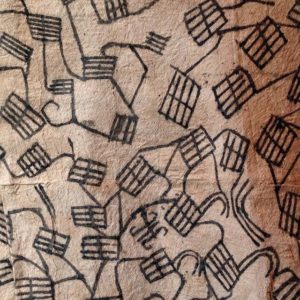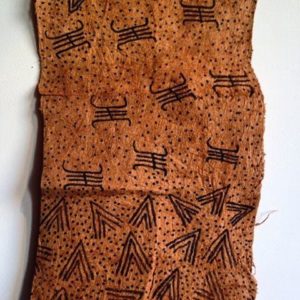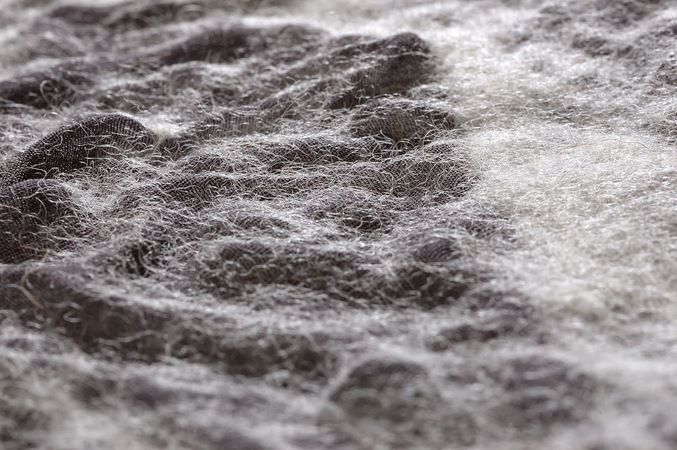The clay loincloth of the forests of the Congo Basin
This type of loincloth was traditionally made by the Bambuti of the forests of the Congo Basin. They wore it as a garment, passed between the legs and girdled at the waist, with one pan falling at the front and another at the back.
The treatment of the inner bark of the Antiaris genus, which belongs to the Moraceae and Ficus family, is similar to the treatment of the tapa bark tapa in Oceania (previously described here). However, there is a difference in the threshing technique. The result is a thicker, denser bark.
The color of the bark when beaten varies from white to orange depending on the fiber used.




